When it comes to navigating the complexities of job roles, having clear communication is essential. Whether you're stepping into a new position or seeking clarity in your current role, understanding specific responsibilities and expectations can significantly enhance your workplace experience. This article will explore practical strategies for effectively clarifying job roles and responsibilities with your employer or team. So, if you're ready to take control of your career path, read on to uncover valuable insights!

Job Role and Responsibilities
The job role of a Project Manager encompasses various responsibilities crucial for the successful completion of projects. This position requires overseeing the entire project lifecycle, including initiation, planning, execution, monitoring, and closure, ensuring alignment with company goals. A Project Manager must coordinate cross-functional teams, often comprising stakeholders from various departments such as engineering, marketing, and finance, ensuring effective communication and collaboration. Key metrics, such as project timelines (often measured in weeks or months) and budgets (ranging from thousands to millions of dollars depending on project scope), play a vital role in assessing progress. Moreover, risk management is essential; identifying potential obstacles and developing mitigation strategies ensures project delivery remains on schedule. Regular reporting to upper management, typically on a weekly or bi-weekly basis, provides insights into project performance and resource allocation.
Reporting Structure
In corporate environments, the reporting structure defines the hierarchy within the organization, outlining the relationships between different roles. A clear reporting structure fosters effective communication and accountability, as employees understand their supervisors and direct reports. For example, within a company like Google, the reporting structure may involve a flat approach where employees report to team leads, promoting collaboration among peers. In contrast, a company like General Electric may use a more traditional hierarchy, where employees report through several layers to the executive level. Understanding the specific reporting structure, including direct supervisors and cross-functional teams, can clarify job responsibilities and expectations, ultimately leading to increases in productivity and employee satisfaction.
Key Performance Indicators (KPIs)
Key Performance Indicators (KPIs) are measurable metrics that evaluate the success of an individual or organization in achieving specific objectives. For example, in a sales role, KPIs may include quotas (like achieving a 30% increase in monthly sales) and conversion rates (aiming for a target of 20%). In marketing, metrics such as return on investment (ROI) for campaigns or website traffic growth (30% year over year) serve as critical indicators. Customer satisfaction scores (like Net Promoter Score targeting above 70) and employee performance metrics (like a 90% project completion rate on time) also exemplify effective KPIs. Analyzing these indicators enables departments to identify strengths, weaknesses, and opportunities to enhance overall performance and align with company objectives.
Required Skills and Qualifications
In a competitive job market, understanding the specific skills and qualifications required for a position is essential. For instance, a Software Engineer role often necessitates proficiency in programming languages such as Python or Java, along with familiarity in frameworks like Django or Spring. Candidates may also need experience with cloud services like AWS (Amazon Web Services) or Azure, typically requiring certifications that validate their knowledge. Furthermore, strong analytical skills are crucial for problem-solving tasks, complemented by the ability to communicate effectively in team settings. Industries like fintech or healthcare might demand additional regulatory knowledge, such as compliance with GDPR (General Data Protection Regulation) or HIPAA (Health Insurance Portability and Accountability Act). Candidates should ensure they meet these criteria to enhance their marketability.
Communication and Workflow Procedures
Effective communication and workflow procedures are crucial for ensuring project success and team alignment in organizations. A structured approach, such as a documented communication plan, outlines key elements like messaging frequency, preferred channels (email, instant messaging, project management tools), and stakeholder responsibilities. Clear guidelines promote timely updates, feedback loops, and conflict resolution strategies. Regular meetings (weekly or bi-weekly) foster collaboration while enabling team members to address concerns and share progress. Utilizing visual aids, such as flowcharts, helps clarify processes, allowing team members to understand their roles within the workflow. Consistency in applying these procedures enhances productivity and drives project objectives forward.

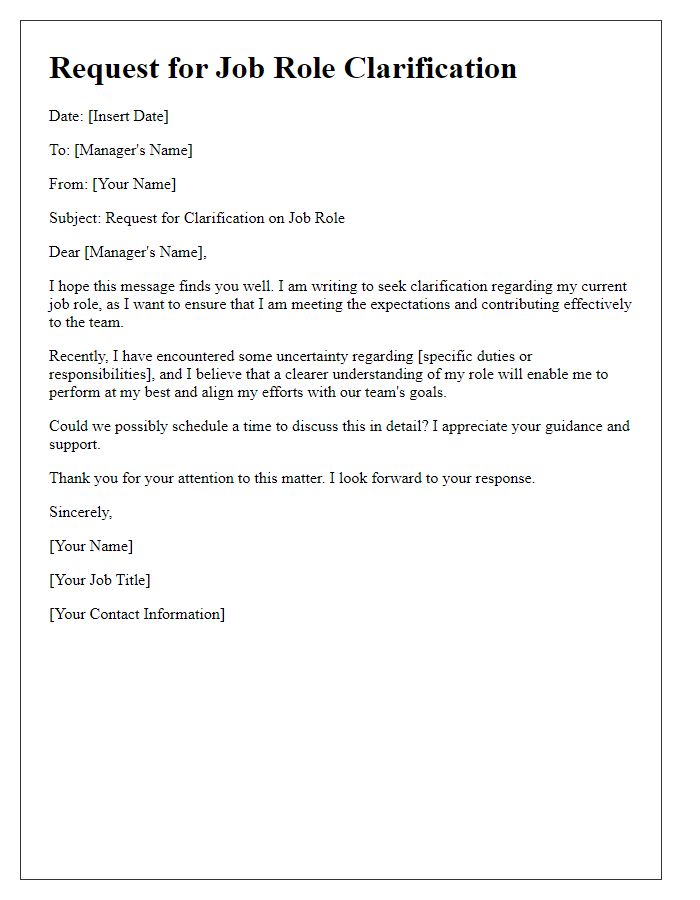
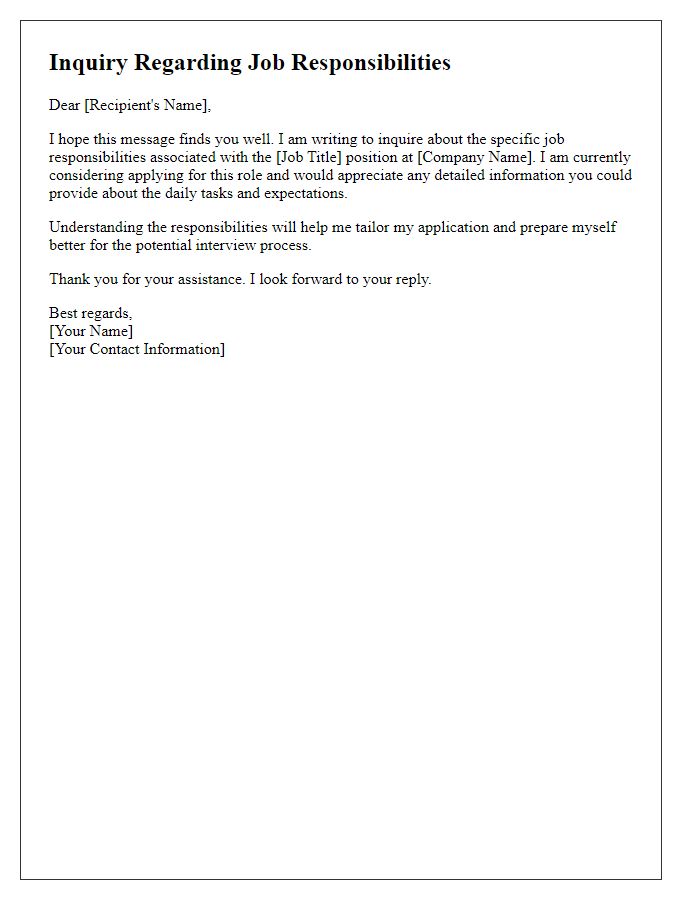

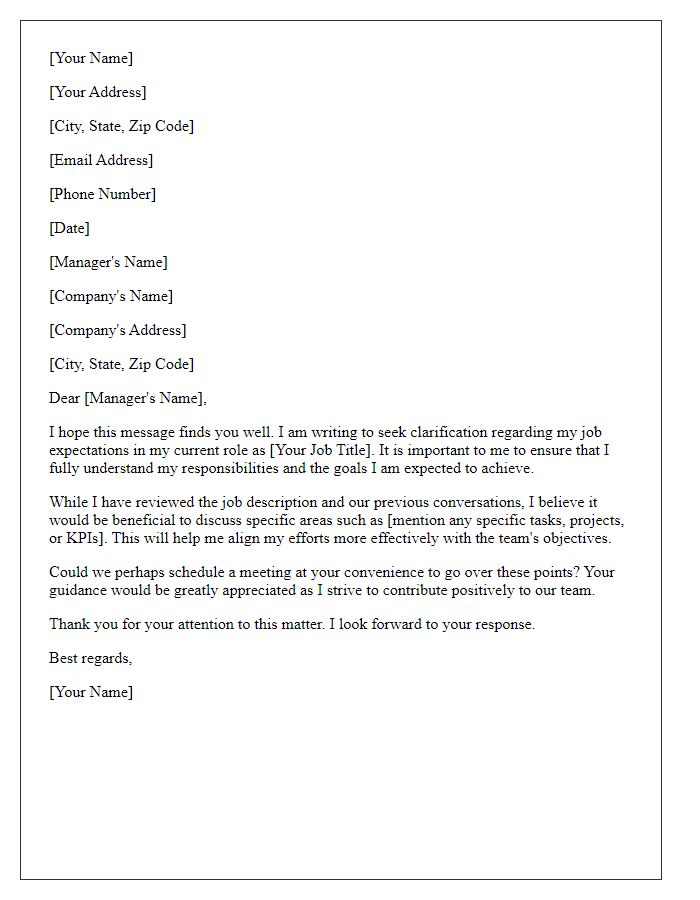

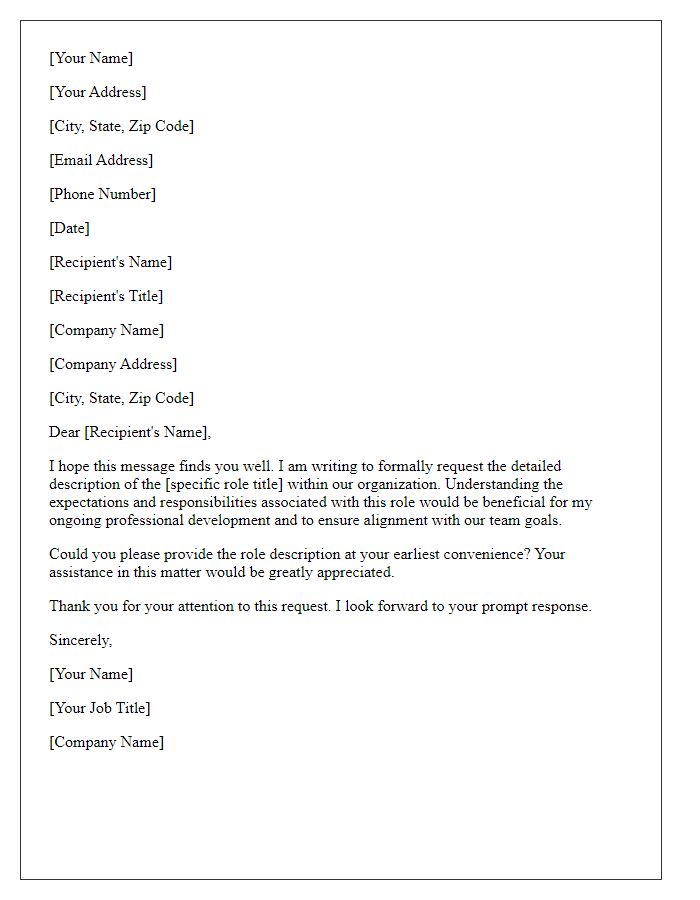

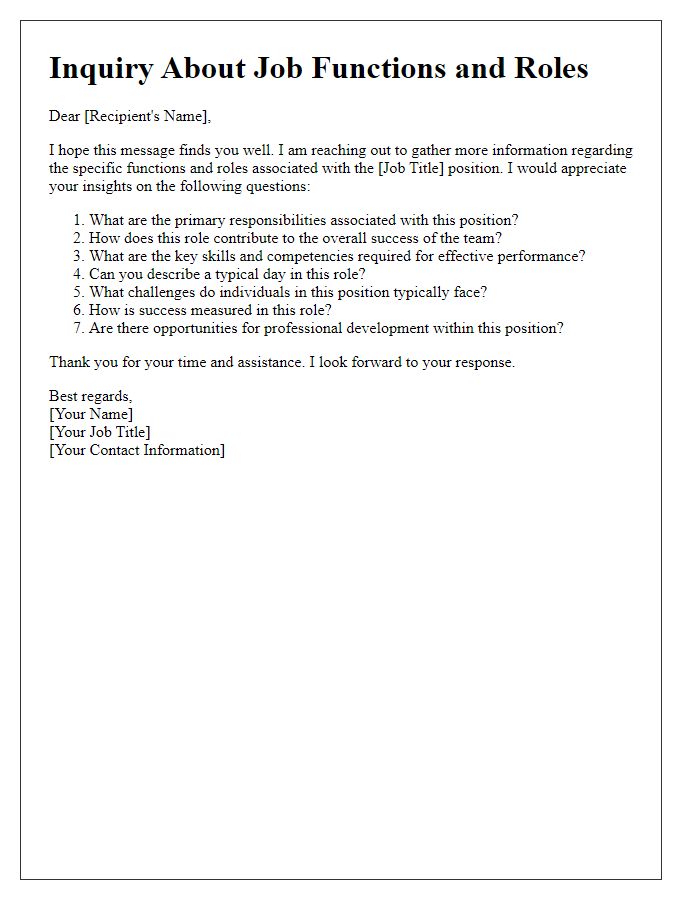
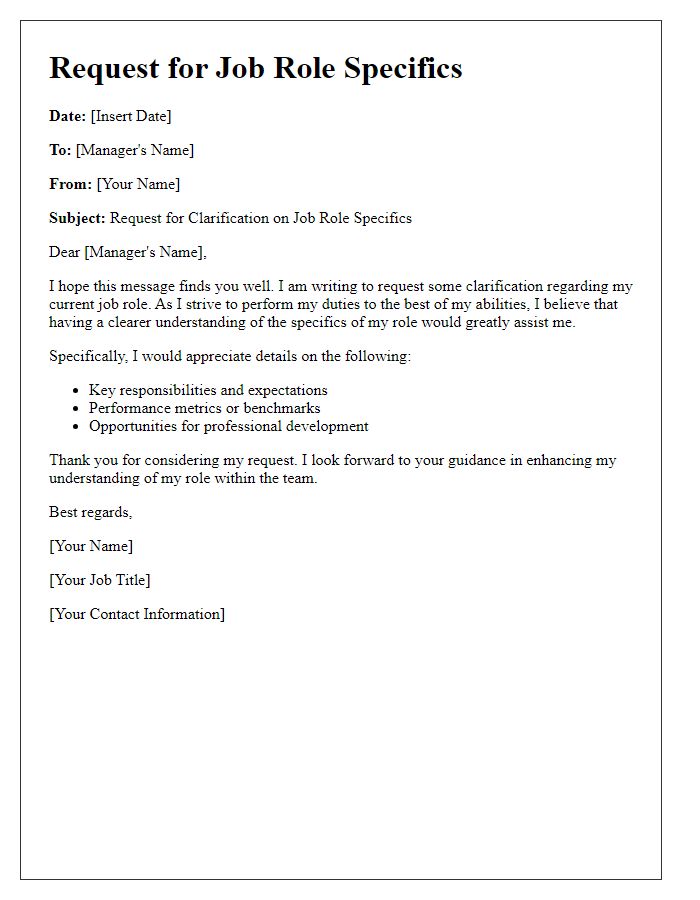
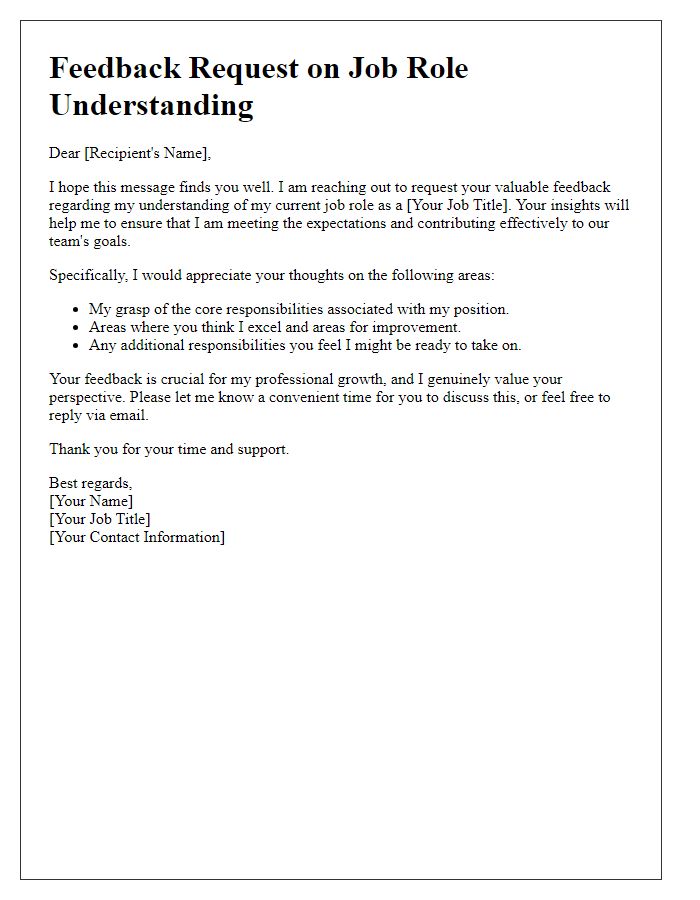


Comments